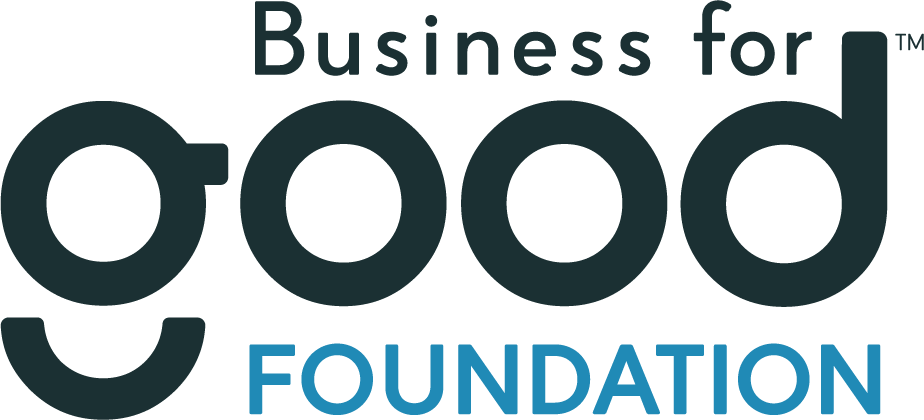News
April 21, 2016New Studies Assess Technology Use and Health Information Preferences of New Yorkers
With the increasing range of digital technologies providing more avenues to share health information with the public, University at Albany Associate Professor and Associate Dean Jennifer Manganello is examining the use of technology and health information preferences of New York State residents to better determine how to get information about health to them.
Manganello, who is part of UAlbany’s School of Public Health, partnered with the New York State Department of Health’s Office of Minority Health and Health Disparities Prevention and the Bassett Research Institute to examine how New Yorkers are accessing and using technology in general and as it pertains to health information.
Using current data from the New York State Media and Technology Use Survey, Manganello and her team developed three published studies about access and preferences for technology use, how health literacy impacts preferences for health information, and the use of technology in New York’s Hispanic/Latino communities.
“There are many ways to provide health information, but it is important to think about who an organization is trying to reach,” said Manganello. “Technology use and preferences for information vary for different groups. It is also important to be sure that the information provided is easy to understand.”
In “Media and technology access, use, and preferences for receiving health information among New York State residents,” published in the journal JMIR Public Health and Surveillance, Manganello and her team found that:
- Consistent with national statistics, only 15 percent of New Yorkers never use the Internet and 21 percent report never using email.
- Despite the growing use of social networking sites by health organizations, 40 percent of people report never using social networking sites and 75 percent never use them for health purposes.
- Only 10 percent report not having a cell phone, again consistent with national estimates. While only 17 percent indicate they never send text messages and 26 percent never use mobile phone apps, more than half/56 percent said they never use mobile phone apps for health purposes.
- Websites were the most popular choice at 49 percent for receiving health information from an organization.
Age and education were the biggest predictors of technology use. Older respondents and those with a lower education level were less likely to report using a number of the technologies.
How Health Literacy Impacts Health Preferences
In a second paper, “The Relationship of Health Literacy with Use of Digital Technology for Health Information: Implications for Public Health Practice,” published in the Journal of Public Health Management and Practice, Manganello’s group looked at how the health literacy of New Yorkers impacts preferences for receiving health information.
“Health literacy refers to a person’s ability to get, analyze, and understand health information to make informed decisions about health” said Manganello. “While we found a link between health literacy and information preferences, it is important to remember that health literacy is not just an individual skill, but also reflects the complexity of health information and the health care system itself.”
The study showed that self-report health literacy was not linked with the use of digital technologies. However, people with low self-report health literacy were more likely to report difficulty searching for health information. They also preferred to get health information from organizations by text messages or radio, both of which use limited text.
Technology Use within the Hispanic/Latino Communities
The third paper, “Media and Technology Use Among Hispanics/Latinos in New York: Implications for Health Communication Programs,” published in the Journal of Racial and Ethnic Health Disparities, focused specifically on respondents who were Hispanic/Latino. Similar to all respondents, older respondents were less likely to use technology and less likely to prefer and/or adopt newer ways of receiving health information, such as text messages. Education and income were also important predictors in some cases.
As stated in the second paper, “While there has been a decrease in the digital divide with respect to access, there is evidence of a growing digital divide regarding skills and what people do with the information.” The study also noted that public health agencies and organizations should consider implementing interventions to develop health information — seeking skills in populations they serve and preparing information and materials that are easily accessible and understandable.
Manganello’s team on the studies included Gena Gerstner, Kristen Pergolino and Yvonne Graham from the New York’s Department of Health, and David Strogatz, associate professor in UAlbany’s Department of Epidemiology and Biostatistics and director of the Center for Rural Community Health at Bassett Research Institute.


























